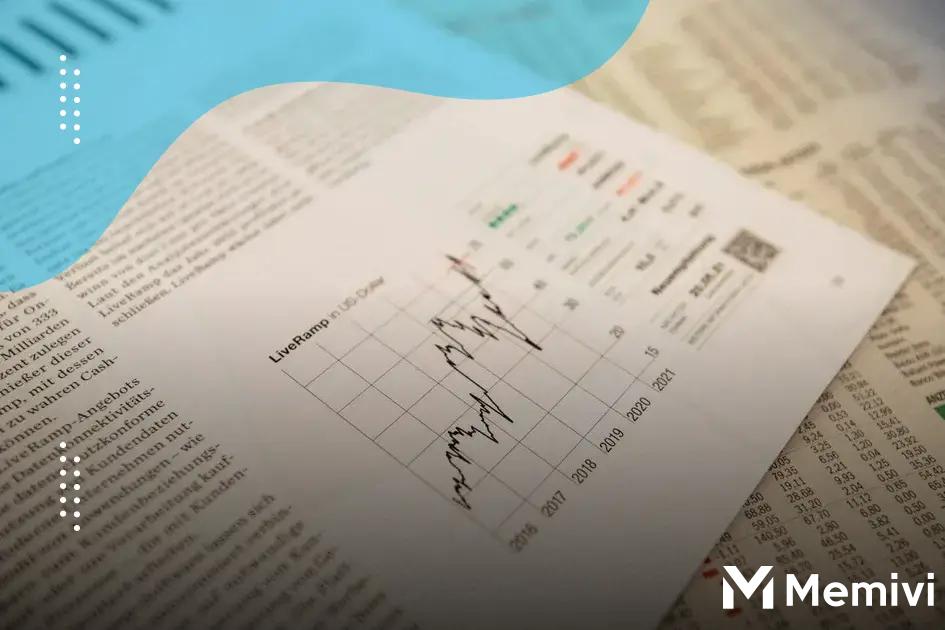
Understanding these changes is crucial for businesses and policymakers alike. Over the past years, the United Kingdom has navigated numerous challenges and opportunities as it repositions itself on the global trade stage.
In this article, we explore the historical context of UK trade agreements, the hurdles faced in striking new deals, the importance of strategic partners, and what the future might hold for UK trade policies.
Historical Overview of UK Trade Pre-Brexit
The trade history of the United Kingdom leading up to Brexit was marked by its strong relationship with its European neighbors. Being a part of the European Union enabled the UK to enjoy free trade benefits with EU member states, resulting in fluid movement of goods, services, and investments.
Before Brexit, many of the UK’s trade policies were influenced or directly dictated by EU agreements. This reduced barriers, ensuring that tariffs were minimized and customs checks were infrequent, thus facilitating a smooth trade flow.
Outside of the EU, the UK engaged in numerous trades through EU-established agreements with non-EU countries, allowing British businesses to access global markets under favorable conditions.
However, the UK’s trade relationships were also characterized by some dependencies. A substantial portion of UK exports went to EU markets, which led to concerns about economic stability should these ties weaken.
Historically, the UK also maintained strong trade relations with Commonwealth countries, reflecting older trade patterns from the British Empire. Although these relations were less prominent in the modern era, they still offered significant shared economic and cultural ties that contributed to trade engagement.
Post-Brexit Trade Deal Challenges

The aftermath of Brexit has brought forth a myriad of challenges for the United Kingdom in negotiating new trade deals. One significant hurdle has been the realignment of trade relationships with the European Union, previously the UK’s largest trading partner. With the transition period ending, tariffs and border controls have been implemented, increasing costs and causing logistical issues.
Another challenge lies in establishing agreements with non-EU countries. The UK now needs to negotiate terms independently, which has required substantial resources and negotiation skills. Ensuring that these deals meet both economic and political needs has proven complex.
The divergence from EU regulations adds another layer of complexity, as the UK seeks to set its own standards while maintaining compatibilities to facilitate trade. This regulatory aspect is crucial to maintaining competitiveness on a global scale.
Furthermore, industries heavily reliant on EU trade, such as agriculture and automotive sectors, have faced uncertainties. They are in need of comprehensive strategies to mitigate disruptions caused by new trading conditions.
Labor mobility also plays a critical role, with the freedom of movement ending between the UK and EU, affecting sectors dependent on foreign labor. Ensuring that the workforce needs are met while respecting immigration policies is essential.
In summary, the post-Brexit landscape presents significant challenges in navigating trade dynamics. Addressing these requires adept policy-making, strategic negotiation, and adaptation to the ever-changing global market climate.
Strategic Partners in New UK Trade Deals
The evolution of UK trade deals post-Brexit has significantly emphasized the importance of strategic partners. As the UK navigated its new trading landscape, forming alliances with key global players became a priority. These partnerships aimed to bolster economic growth and ensure competitive advantages in international markets.
Key Strategic Partners
The United States emerged as a crucial partner, with negotiations focusing on reducing trade barriers and enhancing bilateral trade volumes. The UK also sought to strengthen ties with Commonwealth nations, leveraging historical connections to establish favorable agreements.
Additionally, Asia-Pacific regions, particularly post CPTPP entrance, presented new opportunities. Here, the emphasis was on accessing new markets and facilitating smoother investment flows.
European partnerships, albeit redefined, remained significant. The EU, although no longer the primary trade partner, continued to play a crucial role in sectors like finance and manufacturing.
Other strategic partnerships involved emerging economies, aiming to tap into their growth potential and diversify trade relations.
Future Predictions for UK Trade Policies
The landscape of UK trade policies is ever-changing, especially in the wake of Brexit. Understanding future predictions for these policies requires an in-depth look at current negotiations and expected economic shifts.
One major focus is enhancing economic ties with non-EU countries. This pivot seeks to capitalize on emerging markets and diversify trade routes.
Negotiations with key players such as the United States, Canada, and Australia, are expected to shape trade norms. These deals often involve reducing tariffs, which will help foster smoother trade flows.
Another expectation is the adjustment to digital trade agreements, which are crucial in a technology-driven trading era. These will likely focus on data protection standards, which are necessary to bolster trust and compliance.
Furthermore, there’s anticipation surrounding environmental policies. Future trade agreements may incorporate green clauses to align with international climate goals. This could set a precedent for sustainable commerce.
The evolution of UK trade policies also depends on domestic economic performance. The government aims to ensure policies adapt to internal financial strengths and weaknesses, providing a balanced economic environment.
Lastly, political alliances and geopolitical shifts may play a role. Close monitoring of world events could lead to strategic modifications in trade agreements.


 Demystifying the UK’s ‘Great Wealth Transfer’: What It Means for Young People. <p class='sec-title' style='line-height: normal; font-weight: normal;font-size: 16px !important; text-align: left;margin-top: 8px;margin-bottom: 0px !important;'> Demystifying the UK's 'Great Wealth Transfer' reveals its impact on future generations. </p>
Demystifying the UK’s ‘Great Wealth Transfer’: What It Means for Young People. <p class='sec-title' style='line-height: normal; font-weight: normal;font-size: 16px !important; text-align: left;margin-top: 8px;margin-bottom: 0px !important;'> Demystifying the UK's 'Great Wealth Transfer' reveals its impact on future generations. </p>  Understanding Your UK Credit File: What’s on It and How to Fix Errors. <p class='sec-title' style='line-height: normal; font-weight: normal;font-size: 16px !important; text-align: left;margin-top: 8px;margin-bottom: 0px !important;'> Learning the ins and outs of a UK credit file will help you make informed financial decisions. </p>
Understanding Your UK Credit File: What’s on It and How to Fix Errors. <p class='sec-title' style='line-height: normal; font-weight: normal;font-size: 16px !important; text-align: left;margin-top: 8px;margin-bottom: 0px !important;'> Learning the ins and outs of a UK credit file will help you make informed financial decisions. </p>  The UK’s Cost of Education: A Breakdown of School Fees and Saving for the Future. <p class='sec-title' style='line-height: normal; font-weight: normal;font-size: 16px !important; text-align: left;margin-top: 8px;margin-bottom: 0px !important;'> In this article, we will delve into various aspects of educational costs in the UK, offering insights into tuition, living expenses, and potential financial aid options. </p>
The UK’s Cost of Education: A Breakdown of School Fees and Saving for the Future. <p class='sec-title' style='line-height: normal; font-weight: normal;font-size: 16px !important; text-align: left;margin-top: 8px;margin-bottom: 0px !important;'> In this article, we will delve into various aspects of educational costs in the UK, offering insights into tuition, living expenses, and potential financial aid options. </p>